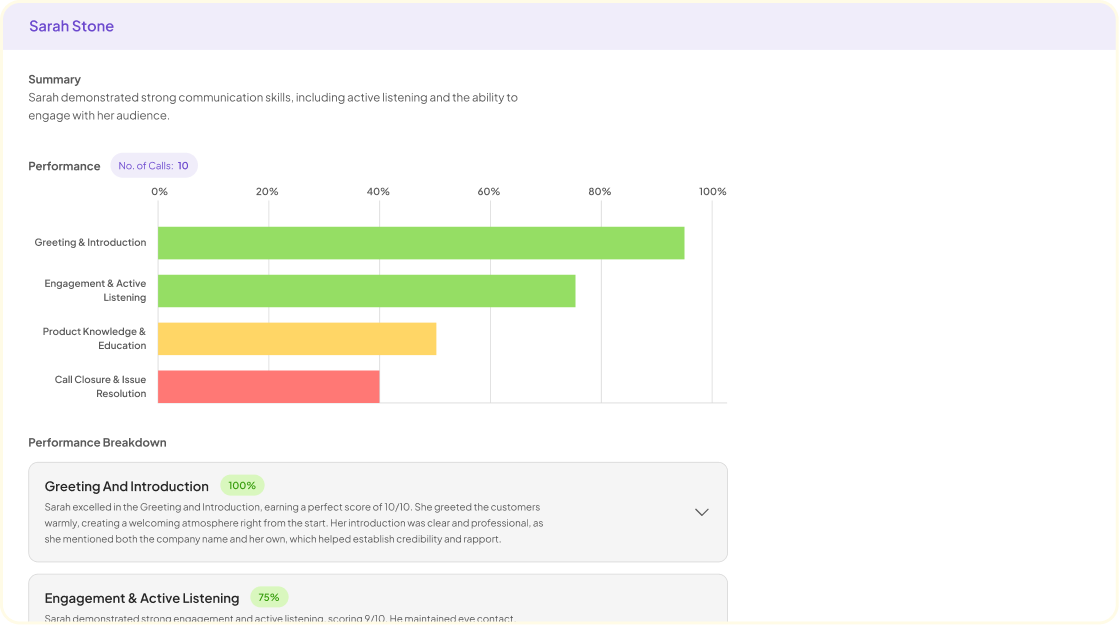Service Design Methods play a pivotal role in shaping user experiences and improving service delivery. Organizations are constantly exploring various methodologies to enhance their service offerings, from understanding customer needs to streamlining interactions. The dynamic nature of consumer expectations highlights the necessity for agile and effective service design approaches.
Popular service design methods provide frameworks that empower teams to visualize and innovate their processes. These methods draw on insights gained from customer interactions, ensuring that services are not only functional but also resonate with users emotionally. By employing these techniques, companies can bridge the gap between user expectations and service reality, paving the way for sustainable engagement and satisfaction.
Exploring Service Design Methods
Service Design Methods are essential tools that help organizations improve their offerings by focusing on user experiences. In exploring these methods, it’s crucial to understand how they contribute to effective service delivery. A well-designed service not only meets customer needs but also creates a lasting impression, encouraging loyalty. This journey often begins with research, where understanding user pain points and desires allows for a clear direction in shaping services.
A variety of methods exist, each catering to different aspects of service design. Some popular techniques include journey mapping, where customer interactions are visualized across touchpoints, and personas to represent target users effectively. Another method is service blueprinting, which outlines the service delivery process, highlighting both visible and invisible elements. Each of these methods provides valuable insights that guide teams in capturing the essence of what users need. By integrating these approaches, organizations can create services that resonate deeply with their audience, ultimately driving success.
Key Characteristics of Effective Service Design Methods
Effective service design methods share several key characteristics that contribute to successful outcomes. First, they prioritize user needs and experiences, ensuring that services are designed with the end-user in mind. This human-centric approach fosters engagement and satisfaction by addressing real pain points. Secondly, adaptability is crucial. Service design methods should be flexible enough to evolve with changing user expectations and market conditions, ensuring continuous relevance.
Moreover, collaboration plays a significant role in service design. Involving diverse stakeholders brings various perspectives and insights, enhancing the overall quality of the service. Lastly, effective service design methods utilize iterative processes, encouraging ongoing testing and refinement. This cycle of feedback and improvement results in a more robust and valuable service that aligns with both user needs and business objectives. By focusing on these characteristics, organizations can create impactful services that resonate with their target audience.
Importance of Choosing the Right Service Design Methods
Choosing the right service design methods is crucial for the success of any project. Each method brings unique benefits, challenges, and outcomes that can determine how effectively customer needs are met. A well-chosen method not only enhances collaboration but also streamlines the entire design process, thereby optimizing resource utilization. When the right tools and techniques are utilized, teams can translate customer insights into actionable strategies more efficiently.
In contrast, a poor selection of service design methods can lead to frustration and inefficiencies. Teams may struggle with interpreting data or generating meaningful insights, which can delay project timelines. Additionally, choosing methods that do not align with project goals can cause confusion and lack of focus. Thus, investing the time to evaluate and select appropriate service design methods is key to ensuring that projects progress smoothly and satisfy user expectations.
Commonly Used Service Design Methods
Service Design Methods play a crucial role in enhancing the overall user experience. Among the most commonly used methods are user journey mapping, service blueprints, and personas. Each of these techniques serves a distinct purpose in understanding and improving services. User journey mapping helps visualize the customer's interactions over time, providing insights into their emotions and pain points. This method allows teams to pinpoint areas of improvement effectively.
Service blueprints offer a detailed structure of service processes, highlighting the relationship between customer actions and internal activities. This helps organizations understand the behind-the-scenes work needed to support a service. Lastly, personas create fictional representations of target users, aiding the design process by ensuring services are tailored to meet specific user needs. Together, these Service Design Methods provide a systematic approach, informing strategies that enhance service delivery and customer satisfaction.
Journey Mapping as a Service Design Method
Journey mapping is a critical part of service design methods, providing a visual representation of the customer experience through various touchpoints. This technique outlines the journey a customer takes, from initial engagement to post-service interaction, highlighting their needs, emotions, and pain points along the way. By understanding this journey, organizations can better tailor services to meet user expectations and enhance overall satisfaction.
In practice, journey mapping involves several key steps. First, defining the personas helps clarify who the target audience is. Next, identifying touchpoints allows teams to map out each interaction a customer has with the service. Following this, analyzing the emotional highs and lows at these touchpoints reveals areas in need of improvement. Finally, the insights derived from this process drive recommendations and innovations that align with user needs, ultimately leading to a more compelling service design.
Prototyping Techniques in Service Design Methods
Prototyping techniques are essential tools within service design methods, enabling teams to visualize, test, and refine services before their launch. By creating tangible models, teams can explore ideas, gather feedback, and uncover issues early in the design process. This iterative approach allows for rapid adjustments, ensuring that the final service design meets user needs effectively.
Different prototyping techniques can be utilized to enhance this aspect of service design. For instance, low-fidelity prototypes such as sketches or storyboards are excellent for initial brainstorming phases. They facilitate discussions without heavy investment in resources. In contrast, high-fidelity prototypes, like interactive digital mockups, afford a closer representation of the final service experience, allowing for detailed user testing. These techniques combine creativity and practicality, making them vital in the service design toolkit. Each method plays a crucial role in bridging the gap between ideas and implementation, ultimately leading to improved service outcomes.
Conclusion: The Future of Service Design Methods
The future of service design methods is poised for significant transformation as technology continues to evolve. With advancements in data analysis and customer feedback mechanisms, innovative approaches are emerging. Organizations are increasingly adopting methodologies that integrate real-time insights, enabling them to respond swiftly to changing market demands and enhance user experiences.
As customer expectations rise, the emphasis on personalized service design will become paramount. Service design methods will increasingly focus on understanding user needs through deeper insights and empathetic engagement. This shift not only aims to create efficient solutions but also fosters meaningful connections with customers, positioning organizations for success in a competitive landscape.


